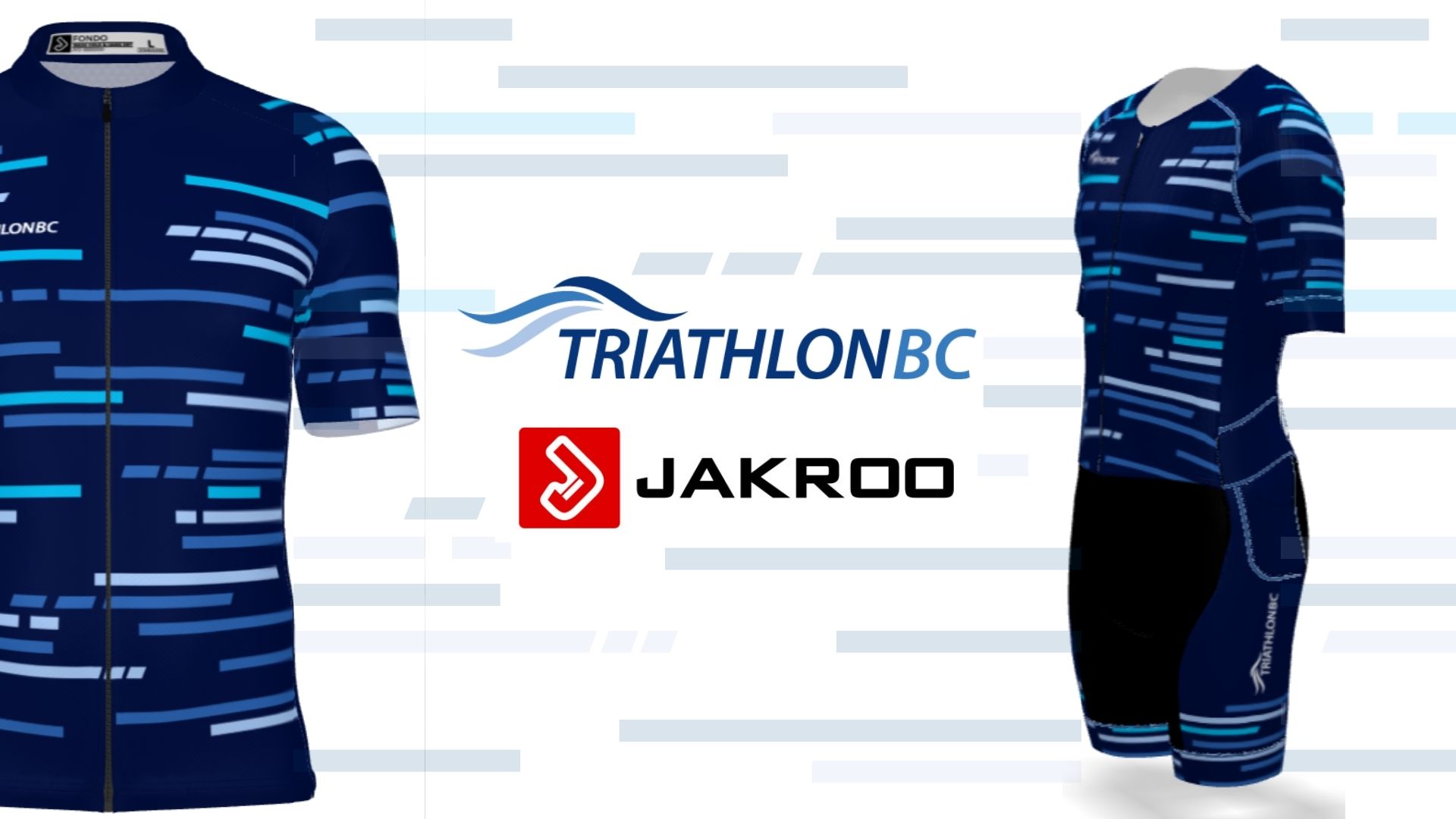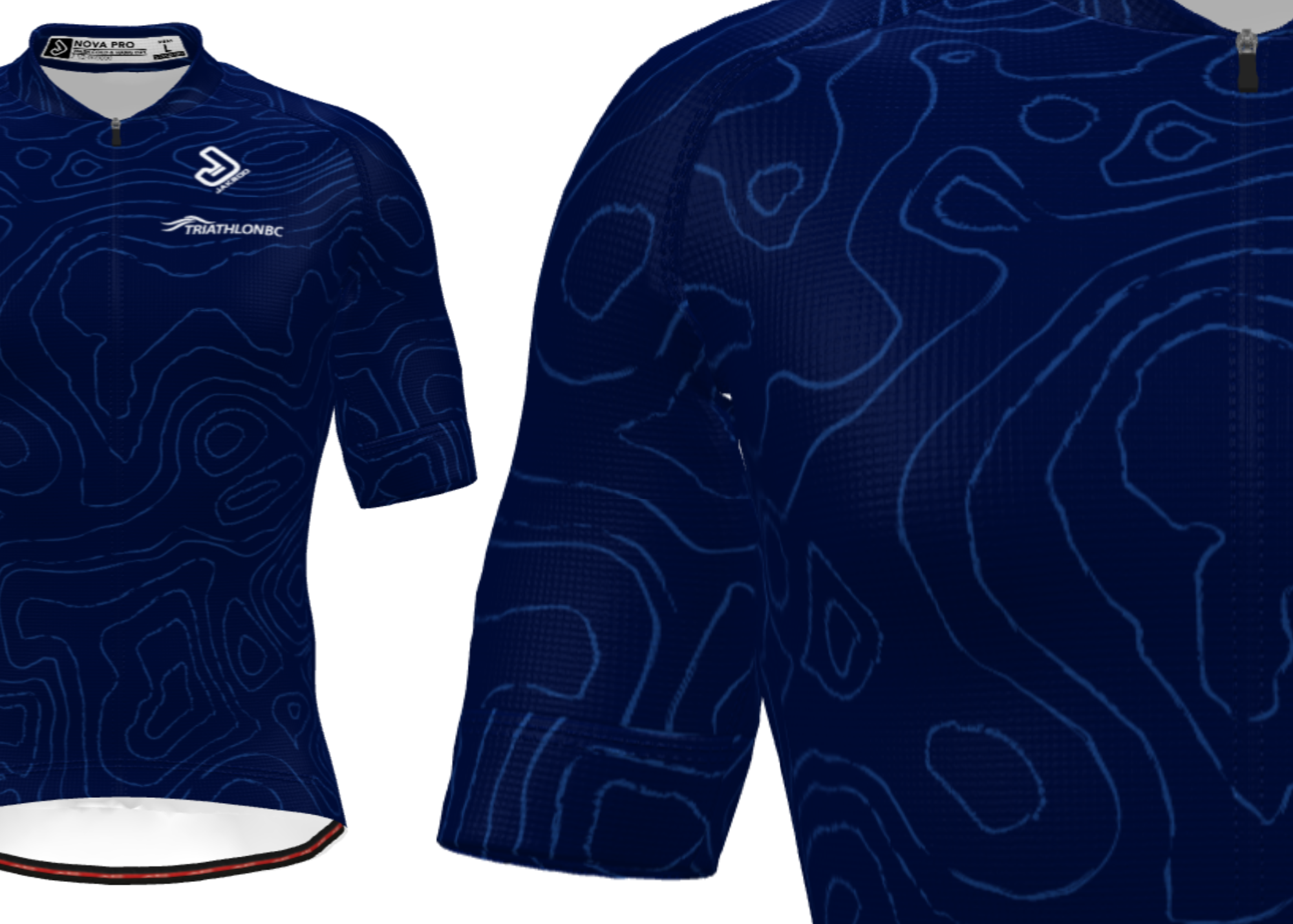In triathlon, the drive to do more is almost universal. More miles, more hours, more sessions. Building aerobic capacity takes time in the pool, on the bike, and through consistent running – and the numbers are easy to measure. But while training volume builds fitness, the science is clear: without strategic recovery, more can quickly become less. The real key to peak performance and long-term consistency is not relentless work, but the careful balance between stress and rest.
Why Recovery Fuels Performance
Adaptation doesn’t occur during training itself, but in the recovery that follows. The principle of periodization – planned variation in training load and focus—is central to endurance sport: alternating volume, intensity, and rest ensures that stress leads to growth rather than breakdown (Lorenz et al., 2010; Issurin, 2019). Well-managed load can create short-term dips – known as functional overreaching – that rebound into higher levels of performance. But unchecked training load leads to non-functional overreaching or overtraining, states marked by persistent fatigue, loss of motivation, impaired immunity, and declining results (Schrager et al., 1995).
In triathlon, fatigue often stems less from the training itself and more from not allowing enough recovery. Without it, intervals feel sluggish, long rides feel harder than they should, and motivation begins to slip. This isn’t weakness – it’s physiology. Muscles, connective tissue, and the nervous system simply cannot adapt under constant strain. Recovery is the mechanism that transforms training into performance gains. Ignoring it undermines progress, increases injury risk, and limits your ability to race – and enjoy – the
sport for years to come.
What Effective Recovery Looks Like
Recovery in practice is not complicated, but it does require intention:
- Rest strategically: Build in at least one to two full rest days per week. Allow 48–72 hours before training the same muscle groups at high intensity again. Across the year, plan two to three months of reduced sport-specific load—your transition phase.
- Protect sleep: Sleep regulates hormones, restores the nervous system, and repairs tissues. Aim for 7–9 hours per night with consistent routines
- Fuel adaptation: Under eating or relying on poor-quality food compromises recovery. Whole foods, adequate protein, micronutrients, and hydration are essential to support adaptation.
- Support mental reset: Stress is cumulative. Mindfulness, social connection, and time outdoors reduce psychological load and enhance recovery capacity.
- Watch for red flags: Irritability, loss of motivation, persistent fatigue, or rising resting heart rate are not signs of strength; they are early warnings that recovery is overdue.
- Use low-intensity movement: Easy cycling, mobility work, or walking can promote circulation and aid recovery without adding more strain.
For busy athletes balancing training with work and family, these strategies are often the difference between building fitness and burning out.
The Transition Phase in Triathlon
The end of a season is a critical time to reset. After months of swim–bike–run cycles, joints, connective tissue, and even the nervous system need a change in stimulus. Periodization models recommend a transition phase where triathletes reduce volume and intensity and integrate other forms of training (Lorenz et al., 2010; Issurin, 2019). This doesn’t erase fitness – it protects it while helping prevent injury and burnout.
Shifting temporarily into alternative activities like hiking, rowing, skiing, or strength training maintains cardiovascular benefit while easing the load on overused muscles and joints. It also restores movement variety and refreshes mental energy. For many athletes, this phase prevents the chronic or repeated strains that build up during the season – like knee pain on long runs or low back discomfort from hours in the aero position. By rotating the demands on your body, you reduce breakdown and return fresher for the next training cycle.
The transition phase also has psychological value. Triathlon requires discipline and focus over many months. Giving yourself permission to step away from structured swim–bike–run training and explore other activities prevents burnout and restores enjoyment. Athletes who skip this reset often arrive at the next season mentally drained, while those who embrace it enter the next season recharged and ready.
Cross-Training and Resistance: Evidence for Durability
The evidence is strong that diversifying training builds more resilient athletes. (Schrager et al., 1995) showed that adding swimming to a running program preserved and even improved running performance, proving that aerobic gains transfer across modalities. Combining resistance and endurance training has also been shown to improve efficiency, maximal force, and time trial performance without harming aerobic capacity (Yamamoto et al., 2008).
Strength training is particularly important for injury prevention. A meta-analysis found that structured resistance training reduced sports injury risk by more than 30% (Lauersen et al., 2014). For triathletes logging high hours of repetitive training, this is not optional – it is protection. Resistance training also supports tendon health, bone density, and muscle strength, all of which contribute to performance on race day and consistency across seasons.
For triathletes over 40, the benefits are even greater. Muscle mass and strength decline by nearly 1% per year after midlife, and strength by 3–4% annually. Resistance training slows this decline, helping maintain independence, speed of recovery, and quality of life (Goodpaster et al., 2006). In the context of triathlon, that means being able to keep training, racing, and enjoying the sport without interruption.
Building the Edge That Lasts
Triathlon rewards consistency. The athletes who progress the furthest are not always those who train the hardest, but those who train the smartest – balancing work with recovery, intensity with variety, and specificity with resilience. Recovery, cross-training, and strength work are not compromises. They are proven strategies for maintaining performance, reducing injury risk, and sustaining the ability to train and race year after year.
More is not always more. Strategic recovery is what allows you to go further, faster, and for longer. In the end, resilience is the real performance edge. Triathletes who prioritize recovery not only perform better in the short term, but also stay healthier, more motivated, and engaged in the sport over the long term. That’s the ultimate goal: to keep showing up, ready for the next challenge, season after season.
About Dr. Sirounis and Evolving Health
Dr. Demetrios Sirounis, MD, FRCPC is a cardiovascular anesthesiologist, critical care physician, and lifelong endurance athlete. He is the Co-Founder and Medical Director of Evolving Health, a Vancouver-based physiology lab and longevity clinic. At Evolving Health, his team delivers advanced testing and evidence-based health strategies that help athletes and active individuals understand their bodies, reduce injury risk, and build the foundation for long-term health and performance. Drawing on both medicine and sport, he continues to support the endurance community with insights to help triathletes train smarter and thrive for the long run.
References
- Lorenz, D. S., Reiman, M. P., & Walker, J. C. (2010). Periodization: Current review and suggested implementation for athletic rehabilitation. Sports Health, 2(6), 509–518.
- Issurin, V. B. (2019). Biological background of block periodized endurance training: A review. Sports Medicine, 49(1), 31–39.
- Schrager, M. A., Bemben, M. G., & Bemben, D. A. (1995). Effects of specific versus cross-training on running performance. Journal of Strength and Conditioning Research, 9(1), 7–12.
- Yamamoto, L. M., Lopez, R. M., Klau, J. F., Casa, D. J., Kraemer, W. J., & Maresh, C. M. (2008). The effects of resistance training on endurance distance running performance among highly trained runners. Journal of Strength and Conditioning Research, 22(6), 2036–2044.
- Lauersen, J. B., Bertelsen, D. M., & Andersen, L. B. (2014). The effectiveness of exercise interventions to prevent sports injuries: A systematic review and meta-analysis. British Journal of Sports Medicine, 48(11), 871–877.
- Goodpaster, B. H., Park, S. W., Harris, T. B., Kritchevsky, S. B., Nevitt, M., Schwartz, A. V., … & Newman, A. B. (2006). The loss of skeletal muscle strength, mass, and quality in older adults: The Health ABC Study. Journal of Gerontology: Series A, 61(10), 1059–1064.




